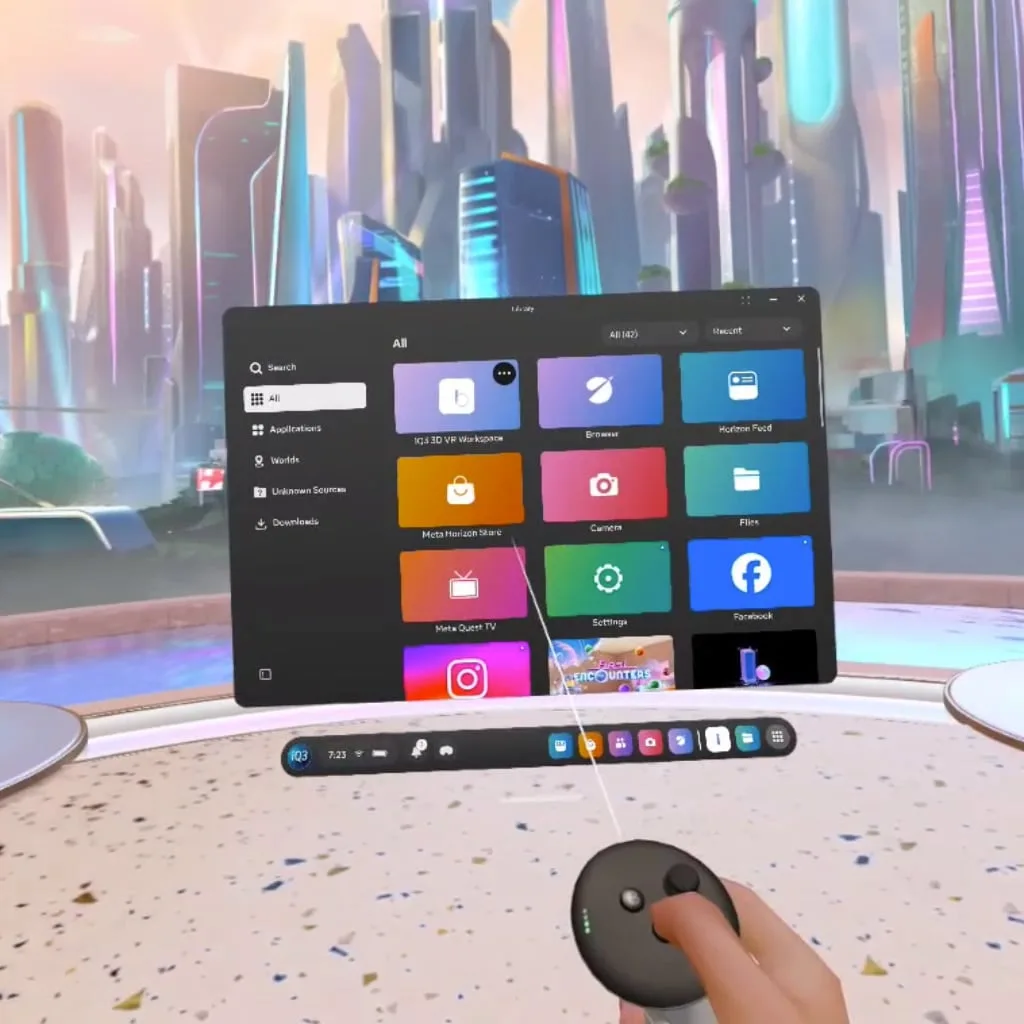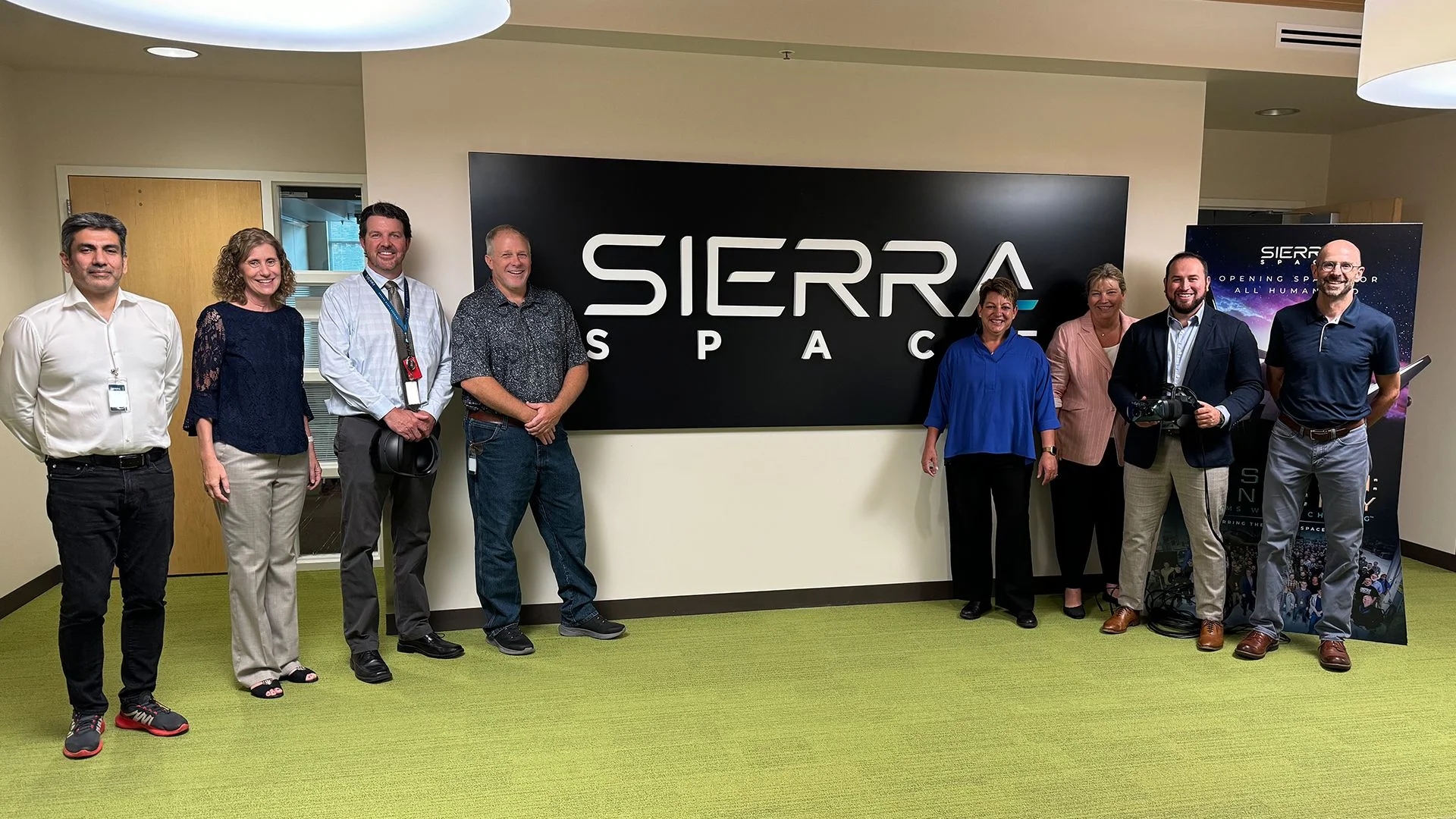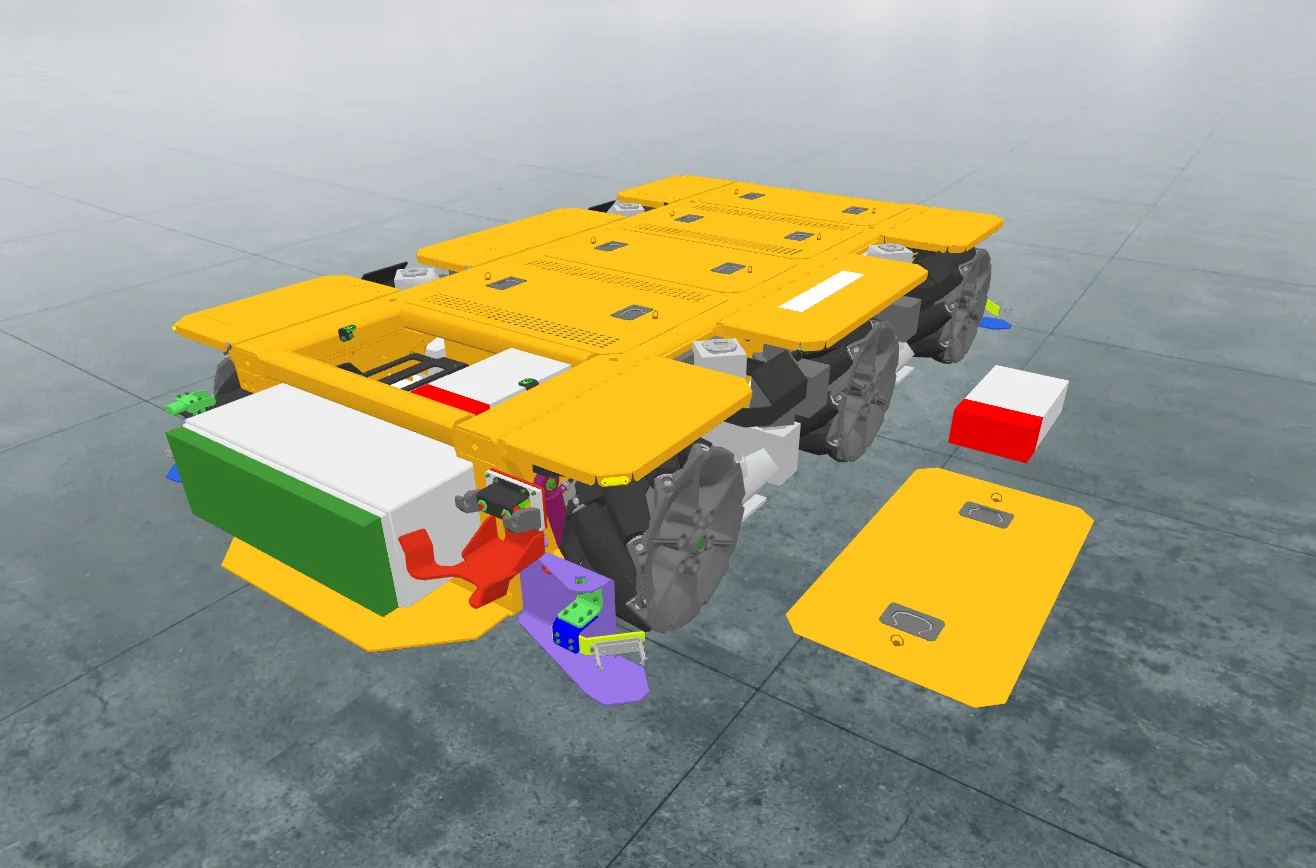Explore the benefits of VR training: from accelerated and improved trainee proficiency, to reduced costs, enhanced safety, and data-driven insights
The thinking on how learning can be most effectively achieved has undergone a shift over the last several decades, from an emphasis on passive learning methods (such as lectures and rote memorization) to incorporation of active learning methods (such as group discussions and practice by doing).
While the importance of active (or experiential) learning has been known for millennia – it was Aristotle who stated “For the things we have to learn before we can do them, we learn by doing them.” – the past century of research into psychology, memory, neuroscience, education, etc. has brought it back to the forefront and re-emphasized the importance of experiential learning in everything from K-12 education to professional development and workforce training.
At a fundamental level, the benefit of virtual reality (VR) training, or any immersive training such as augmented reality (AR) training, is that it enables experiential learning for a much larger audience, for many more types of training, and at a drastically reduced cost compared to real-world, hands-on training experiences.
Additionally, VR training provides trainees the ability to learn from anywhere at any time and provides learning opportunities that would be too dangerous, difficult, or expensive in a classroom environment.
While traditional e-learning (slide decks, videos, online courses, etc.) can provide some of these same benefits, these methods not only lack the realism and immersiveness provided by VR, but more importantly, can’t provide the same level of experiential learning as VR or AR training.
While the theoretical benefits of VR training may be convincing, the practical benefits to enterprises are even more so. In the below sections, we detail the practical benefits to enterprises achieved by adopting AR and VR training for workforce development.
Accelerated and Improved Trainee Proficiency
VR training can not only be completed faster than traditional classroom training or e-learning, but VR trainees also perform better than their classroom and e-learning counterparts.
In a study conducted by PwC, VR learners were 4x faster to train compared to classroom training and 1.5x faster to train compared to e-learning. VR learners were also 40% more confident to apply the skills they had learned compared to those trained in the classroom or via e-learning.
In a study on the effects of virtual reality simulation in emergency evacuation training, it was found that VR trainees performed significantly better (22% more accurate and 7% faster) compared to traditional e-learning
While much of this accelerated and increased training proficiency is due directly to the technology and methodology, the preferences of trainees also play a significant role. In iQ3Connect surveys of VR trainees, it was found that 95% of them preferred VR training over slide deck and video learning while 76% of them identified immersive interaction with the 3D virtual environment as a critical part of their training experience.
Reduced Training and Operational Costs
VR training can reduce both the direct and indirect costs of a training program.
Adopting VR training often means physical training equipment and facilities are no longer required and travel costs are eliminated. For example, in a study by Forrester, manufacturers with mixed reality training reduced consumable usage by 80%, saving $1,000 per trainee. Overall, manufacturers were able to reduce training time by 75% at an average savings of $30 per labor hour.
The combination of remote virtual training and faster time to train mean that instructors can support more trainees more efficiently. The same Forrester study highlights a life sciences manufacturer who slashed one-to-one training costs while improving learning by replacing the high-cost training with more effective immerse technology. Moreover, in an assessment of direct training costs for emergency evacuation training, it was found that VR training could reduce training costs by 50% over a 3-year period.
Even more impactfully, adopting VR training leads to a myriad of cost benefits associated with improved trainee performance (fewer on-the-job incidences, increased productivity, etc.). In a whitepaper by Intel, that took in account the cost savings from fewer on-the-job incidents, they estimated that their first VR-based training has a 5-year ROI of 300%.
Workplace Safety Improvements and Risk Reduction
VR training improves workplace safety and reduces overall risk in numerous ways.
First, by virtualizing certain training scenarios, a safe environment is created where a trainee can practice and learn without the safety risks that would accompany real-world errors and mistakes. This is why pilots, for example, train in simulators.
This approach is just as applicable to manufacturing and industrial companies.
Secondly, VR training provides opportunities for trainees to react and address hazards that are too risky, costly, or infeasible to recreate physically. For manufacturing companies, this approach is often used for VR safety training where trainees must navigate through a virtual facility to identify and address hazards.
Workplace safety is also improved by better on-the-job performance of VR trainees. In their whitepaper, Intel estimated that their electrical safety training would reduce on-the-job incidents by 28%.
Remote Accessibility with Team Collaboration
By virtualizing learning and development, VR training enables a global and diverse workforce to have instant access to quality training material regardless of their location. Yet this remote accessibility doesn’t have to come at the cost of team collaboration – a single VR training can easily accommodate multiple training modes.
When taken as a single-user, on-demand experience, VR training offers trainees flexibility, yet this same experience can be structured as a multi-user, instructor-led training, fostering team collaboration across the globe without the travel costs and logistical challenges. It is estimated that by replacing onsite training sessions with remote VR training, travel costs can be reduced by over $1,000 per trainee per trip.
A Fortune 500 company in the semiconductor industry is leveraging instructor-led multi-user VR training to enable an instructor to simultaneously train 10-15 technicians across the globe. This solution not only reduced the costs and challenges of coordinating international travel, but minimized business disruptions during the pandemic shutdowns.
Data-Driven Performance Insights
VR training offers unrivaled in-depth data capture on trainee performance which businesses can use to optimize training methods and improve training outcomes.
Unlike in-person training, VR training can seamlessly capture metrics from every action to provide unparalleled insight into trainee skill and knowledge gaps. This data can not only be used to help improve individual trainee outcomes, but can also be aggregated to provide important insights into the overall performance of the training program, enabling identification of areas for improvement.
Conclusion
VR training offers substantial benefits over both in-person/hands-on training and traditional e-learning (slide decks, videos, online course, etc.).
Virtual reality-based training is proven to accelerate and enhance proficiency, reduce training costs, enhance workplace safety and reduce risks, foster team collaboration with remote accessibility, and provide for data-driven performance insights that not only help improve individual trainee outcomes but help to improve the training program as a whole.
It is also easier and more cost-effective than ever to get started with VR training for a more productive, safe, and efficient training process. iQ3Connect is enabling companies to experience these benefits without any need for large hardware investments, painful IT setup, or extensive user training. Check out some sample VR experiences or talk to one of iQ3Connect’s team members about how VR training can be deployed.











